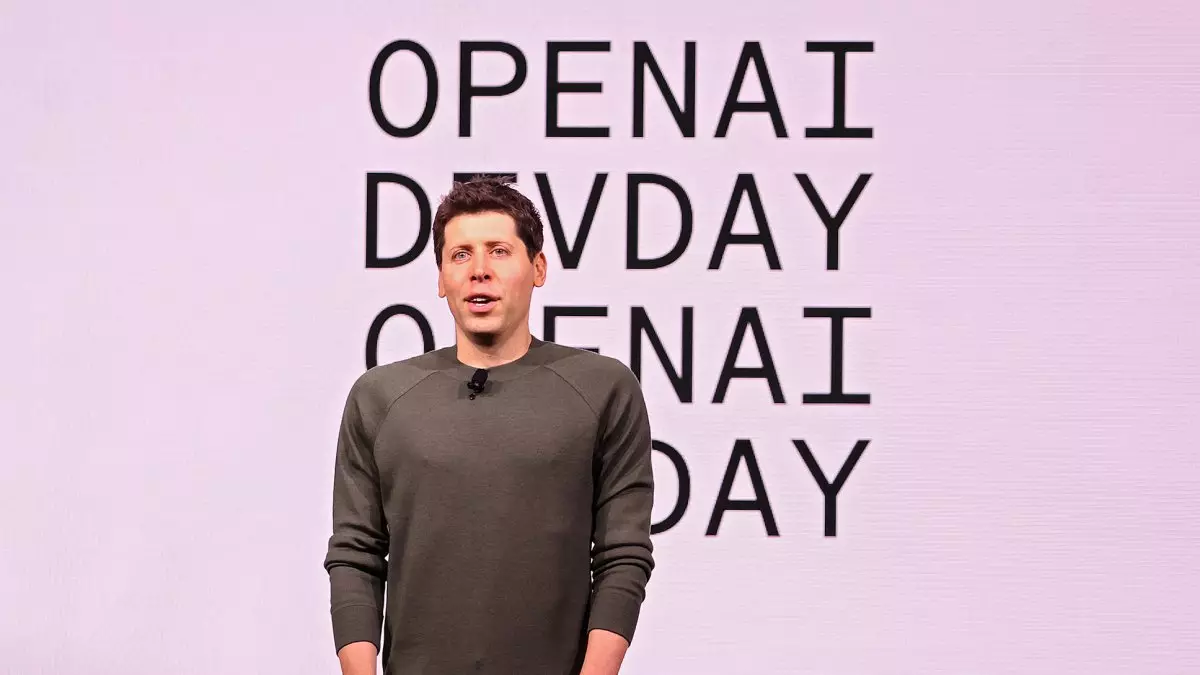OpenAI, a leading player in artificial intelligence research and implementation, has become synonymous with advancements in generative AI. However, as highlighted recently in a Reddit AMA featuring CEO Sam Altman, the organization grapples with considerable challenges that impede its capacity to deliver cutting-edge products at an anticipated pace. This article aims to dissect the nuances of Altman’s insights, taking a closer look at the technical and logistical hurdles OpenAI faces, as well as the broader implications of these challenges in the AI landscape.
One of the most significant revelations from Altman’s AMA is the acknowledgment of limited compute capacity as a critical barrier to OpenAI’s operational efficiency. As Altman notes, “All of these models have gotten quite complex.” This complexity has emerged as AI models evolve, requiring significant computational resources to function effectively. Therefore, OpenAI finds itself in a paradox where the very advancements it seeks to achieve are stymied by its own infrastructural limitations. Reports have surfaced indicating ongoing efforts to develop an AI chip in collaboration with Broadcom, with a potential rollout expected by 2026. This long timeline underscores the gravity of the compute supply issue.
Compounding the situation are the difficult decisions regarding the allocation of compute resources. OpenAI has multiple promising ideas but struggles to deploy them effectively due to computational constraints. The intersection of ambition and limitation means that great ideas may remain in limbo, potentially allowing competitors to gain a foothold.
The ramifications of limited resources have been particularly evident in product development timelines. For instance, Altman’s comments imply that the much-anticipated expansion of the Advanced Voice Mode within ChatGPT—initially demonstrated with visual capabilities—could be postponed indefinitely. The original unveiling at an event in April seems to have been more of a strategic move to draw attention away from Google’s I/O developer conference than a reflection of a mature product ready for market. Reports indicate that many within OpenAI questioned if GPT-4o was ready to be shown, amplifying concerns about hasty decision-making in product announcements.
Another notable delay is the rollout of DALL-E’s next iteration, with Altman stating that “we don’t have a release plan yet.” Such admissions reflect a cautious approach from OpenAI as it weighs the consequences of releasing products that may fall short of performance expectations.
The challenges aren’t limited to compute resources and product readiness; they extend to technical instabilities as well. Sora, OpenAI’s video generation tool, exemplifies this issue. Despite its promise, internal reports suggest that it has struggled with technical performance, struggling to optimize processing times—taking over 10 minutes to produce a single minute of video. Such inefficiencies raise questions about the tool’s viability against increasingly competitive offerings from rivals like Luma and Runway.
Moreover, the recent departure of Tim Brooks, one of Sora’s co-leads, to Google could create additional hurdles, potentially stalling progress or altering priorities within the team. This turnover illustrates the fragility of innovation processes, whereby key personnel shifts can impede momentum and threaten the continuity of projects.
Despite the hurdles, OpenAI remains focused on fundamental objectives, including enhancing its series of reasoning models. Altman indicated that developments are underway, with several promising features previewed at a recent conference. However, there remains a conversation to be had regarding content policies. The company is deliberating a potential introduction of “NSFW” content in ChatGPT, signifying a belief in treating adult users appropriately while addressing moral and ethical concerns associated with such content.
Ultimately, OpenAI stands at a crossroads. While it possesses the expertise and vision to revolutionize AI, systemic issues in compute capacity, technical execution, and strategic decision-making act as significant hurdles. As Altman aptly pointed out, enhancing AI capabilities is not just about vision; it’s equally about the framework that supports this vision—the infrastructure, team, and overall logistical environment that means the difference between groundbreaking innovation and stagnation. The road ahead is challenging, but OpenAI’s ability to navigate these obstacles will determine its status as a leader in the AI revolution.

